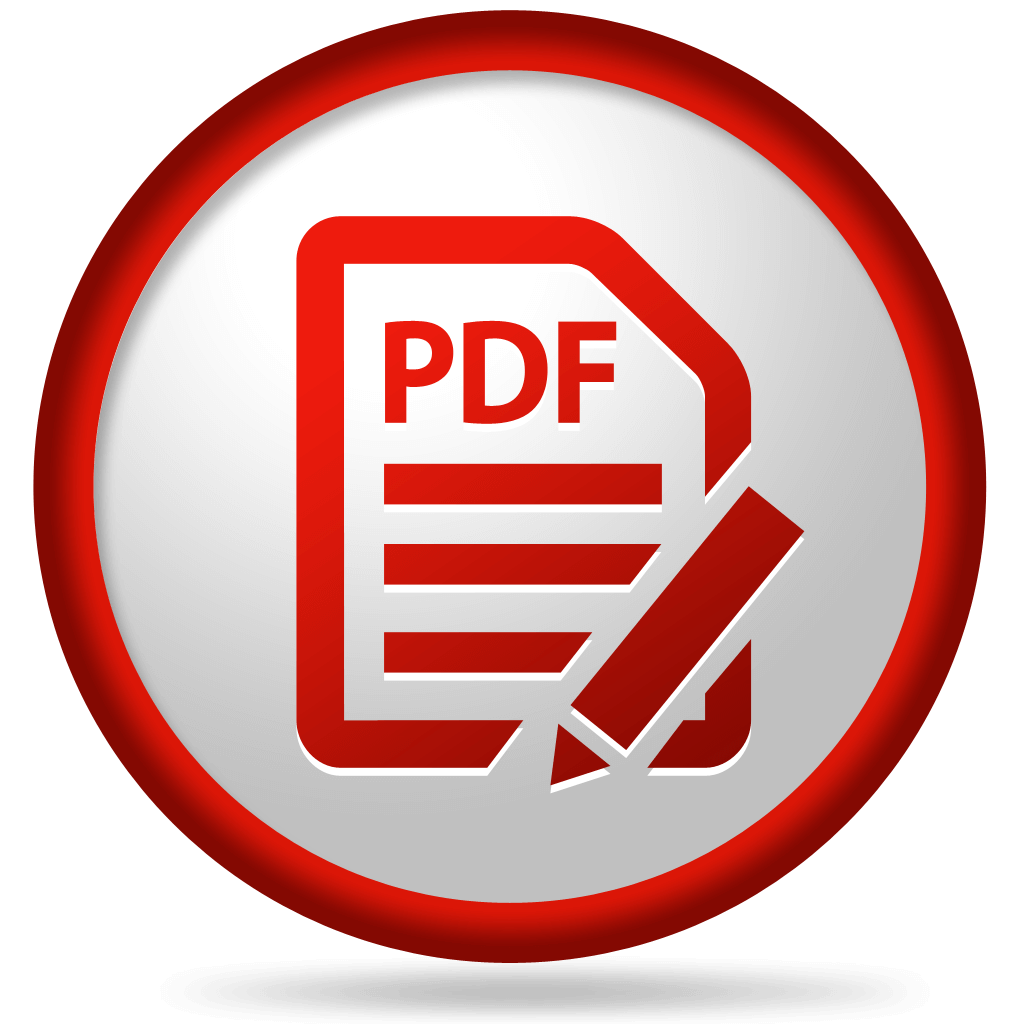The Jazz Bassist
The jazz bassist is always improvising. Whether you’re taking a solo over changes or you are playing whole-notes on a slow ballad… The jazz bassist is always striving to be in the moment and choosing what they play based on what’s happening around them. A real jazz bassist will never play a song the same way twice. Every moment is packed with the potential to create.
That said, it takes a long time to get to the point where you can be truly free in the moment and improvise your way through any chord changes, sometimes replacing them with your own because you want to emote or convey something different in the moment, or have the ‘ears’ to follow someone in the band when they take liberties, and interact meaningfully with things as they evolve and change, in real time and with intention.
What does it require to be a proficient jazz bassist?
That’s entirely subjective, but I’ll give you my thoughts:
• Harmonic awareness - a lifelong pursuit of the understanding of jazz harmony as well as the need to always see where else it can go. The better you understand the rules, the easier it is to break them and do something interesting , thought provoking and musically meaningful.
• Stylistic awareness - the proficient jazz bassist has done their listening homework and explored the approaches of a myriad of players. They know the roots of the music and have listened to every era of the style, at least a bit… This doesn’t mean that you have to blast dixieland in the car while driving down the highway, but you should at least explore the style and see if there’s anything that you connect with or can learn from it. Jazz is a life-long pursuit of evolution and knowledge. Jazz musicians are the theoretical physicists of the music world.
• Fearlessness - my greatest area of struggle in my development as a functional jazz musician (that and hating dixieland. (I kid, I kid). In order to speak freely and commit to improvising as a way of life, musically speaking, you also have to embrace ‘mistakes’. A lot of the great moments are born out of unintentional notes. The ability to make a ‘bad note’ sound good is really the ability to accept that note, and understand how to use it to your advantage. Turning a mistake into an ear-catching harmonic resolution. Once you deeply believe that all notes are created equal, to some extent, and allow yourself the freedom to explore within that construct, it’s liberating. You realize that it’s more about context than wrong notes and right notes. You start thinking with a broader perspective and your ears are more open to interesting harmonic relationships.
Keep in mind… I’m a groove guy who has worked a lot on jazz. Enough that I have played with some pretty phenomenal jazz musicians and gotten called back but, I don’t really consider myself a ‘jazz musician’ so much as an… improvising pocket player.
The good news is that I think a lot of musicians just starting to explore jazz are coming from a similar place and may resonate with the methods that I adopted for myself when I committed to learning more about playing jazz. This entire website basically represents my journey to understanding jazz, and therefore music, as a pocket player who aspired to be able to do it all one day.















What intervals are, how the naming conventions work and why they are so useful to think about.